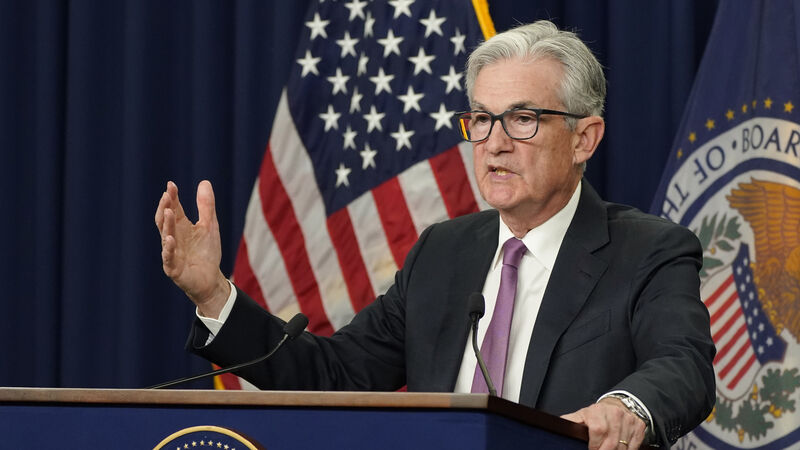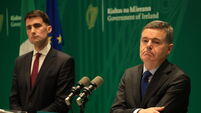Increased volatility could be a feature of markets this week

Federal Reserve Chairman Jerome Powell may announce a rate cut on Wednesday.
The first meeting of the ECB’s Governing Council for 2024 took place last week and saw the Central Bank maintain its key deposit rate at 4%, as expected.
It represented the third policy meeting in a row that the ECB has not hiked rates. The question remains though — when will the body begin its rate-cutting cycle in 2024?
Its President, Christine Lagarde was not for turning just yet though, stating during her press conference that the consensus in the Governing Council was that it was premature to discuss rate cuts. However, her less-than-wholehearted commitment to her prior “summer 2024” rate cut comment at Davos yielded a dovish response from markets, with investors increasing bets on the possibility of an earlier spring cut.
Eurozone futures contracts — a benchmark of investors’ expectations for future interest rates — shifted in the aftermath of the press conference and the market is now pricing in a first rate cut in April.
Meantime, a total of 140 basis points (bps) in rate cuts are now priced in by year-end, compared to 125bps before the meeting statement was released. This is in line with Fed futures contracts also, with 135bps of easing expected in the US by year-end, but much could change as the Fed meets for its policy meeting this Wednesday.
The ECB also repeated that it will follow a data-dependent approach in making future monetary policy decisions and will ensure that rates are sufficiently restrictive for as long as necessary to restore price stability.
In this context, President Lagarde stated that the ECB will be following wage growth developments and underlying inflation metrics, particularly in services. This focus on services inflation will mean ECB watchers will be paying close attention to survey measures of wage inflation and collective wage bargaining agreements due for renegotiation across the Eurozone in the coming months.
While wages are a key driver of still sticky services inflation (up 4% in the year to December), it remains challenging to get a firm steer on current trends across the bloc. The most recent official data for the Eurozone were for Q3 2023, when hourly wage costs rose by 5.3% on an annual basis, with the Q4 data not due for release until March.
In the meantime, a variety of other sources provide an incomplete picture of current wage trends in the Eurozone but suggest price pressures remain strong in a tight labour market.
The most notable feature of the main currency markets over the past week has been the strength of the dollar. EUR/USD has traded towards the low end of its recent range $1.08-$1.10, as the market digested the ECB decision and reacted to another stellar US GDP print for Q4.
Meantime, sterling has traded in a $1.26-$1.28 band versus the dollar this week and EUR/GBP been largely confined to a narrow 85p-85.5p range.
With the Fed and Bank of England meetings on the horizon, increased volatility could be a feature of markets in the coming week.
David McNamara is Chief Economist of AIB













